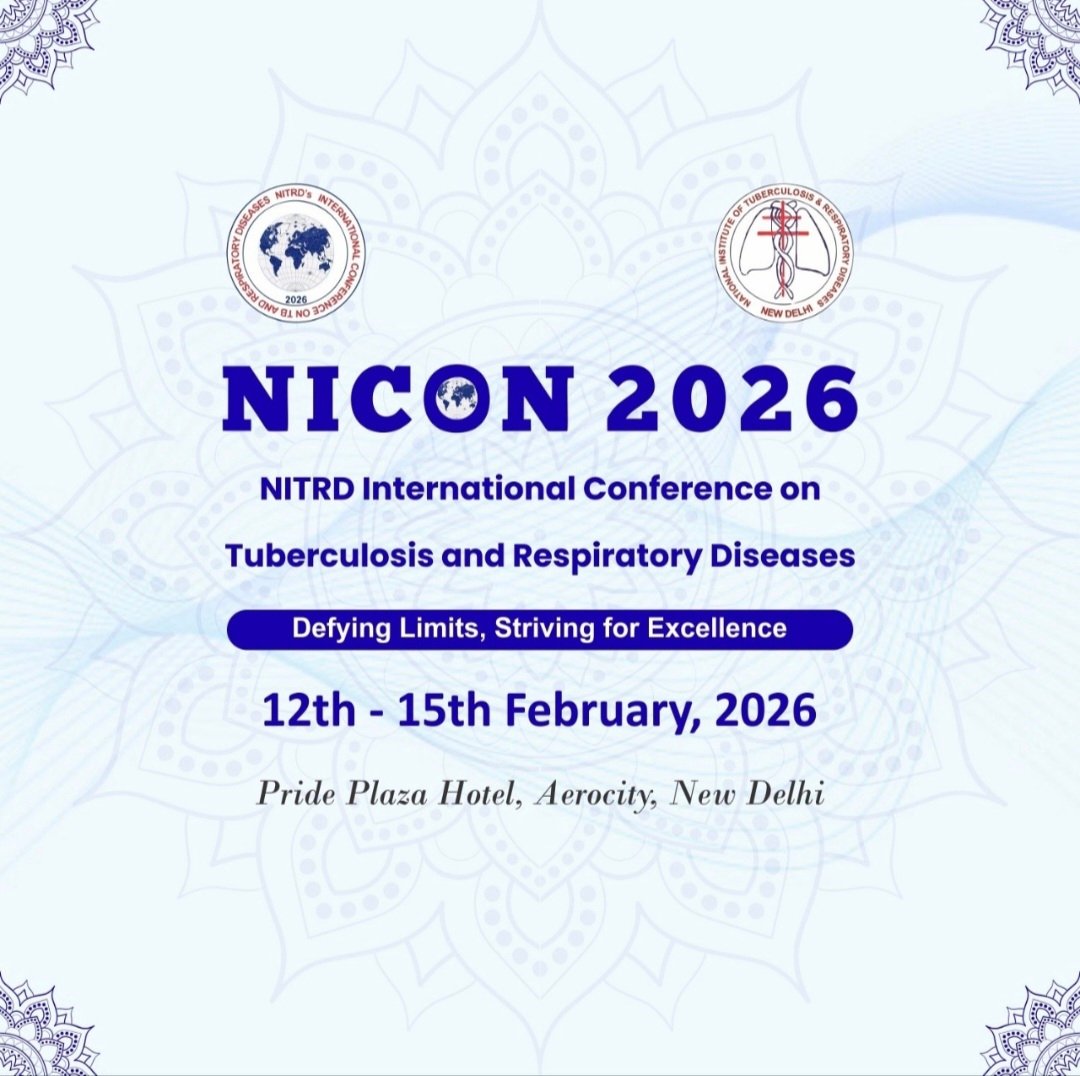Disclaimer: This post is for academic purposes only. Please read the original document if you intend to use them for clinical purposes.
This document summarizes the WHO recommendations for managing Serious Bacterial Infections (SBIs) in infants aged 0–59 days. The guideline aims to provide evidence-based recommendations for antibiotic management in both hospital and non-hospital settings, particularly focusing on Low- and Middle-Income Countries (LMICs) where access to hospitals may be limited. The recommendations address diagnostic accuracy of clinical signs and the effectiveness of various antibiotic regimens. This guideline includes 11 recommendations. of which 6 recommendations are for non-hospital settings (3rd is split in 3a and 3b) and 5 for hospital settings. A crucial aspect is the emphasis on the WHO AWaRe (Access, Watch, Reserve) classification of antibiotics to promote standardization and antibiotic stewardship.
Background:
- SBIs (sepsis, meningitis, and pneumonia) are a major cause of death in young infants (0–59 days), accounting for over half a million deaths annually out of an estimated 3 million total infant deaths.
- Survivors of SBI are at risk of long-term disability. The care of young infants is a global priority, aligned with initiatives like the Every Woman Every Child Global strategy and the Every Newborn Action Plan (ENAP).
- While existing WHO guidelines (2021 AWaRe classification and 2013 Pocket book of hospital care for children) primarily guide referral to hospitals for antibiotic treatment, access to hospitals is a significant challenge in LMICs. This necessitates guidelines for managing infants with Possible Serious Bacterial Infection (PSBI) both in hospitals and in community (non-hospital) settings where referral is not feasible.
Methodology:
- The recommendations were developed following WHO Guidelines Review Committee criteria for “strong” and “conditional” recommendations. A Guideline Development Group (GDG) comprising international experts examined evidence, formulated recommendations, and provided remarks.
- The process involved systematic reviews of diagnostic accuracy and treatment effectiveness, utilizing the Grading of Recommendations Assessment, Development and Evaluation (GRADE) approach to assess the certainty of evidence. Priority questions were formulated in Population, Index test, Reference standard, Diagnosis of interest (PIRD) for diagnostic accuracy and Population, Intervention, Comparator, Outcome (PICO) formats for effectiveness.
Definitions:
- PSBI in non-hospital settings: presence of one or more of the following in infants aged 0–59 days:
- not feeding well or not able to feed at all
- movement only when stimulated or no movement at all
- high body temperature (38 °C or above)
- low body temperature (< 35.5 °C)
- severe chest indrawing
- convulsions
- fast breathing (≥ 60 breaths per minute) in infants aged 0–6 days
- Suspected sepsis in hospital settings: presence of one or more of the PSBI signs plus:
- drowsiness or unconsciousness
- grunting
- central cyanosis
- severe jaundice
- severe abdominal distention
- Fast breathing (≥ 60 breaths per minute) in infants aged under 0–6 days.
- AWaRe Classification of WHO: Categorizes antibiotics into “Access” (narrow spectrum, lower cost, good safety profile, low resistance potential), “Watch” (broader spectrum, higher cost, used for more severe cases or resistance to Access antibiotics), and “Reserve” (last-choice antibiotics for multidrug-resistant infections).
Recommendations:
A) Non-Hospital Settings:
- Clinical signs for PSBI (new): strong recommendation for WHO 7-sign Integrated Management of Childhood Illness (IMCI) algorithm for identification of young infants with PSBI
- Critical illness (updated): strong recommendation for Ampicillin IM/IV plus Gentamicin IM/IV for at least 10 days. Dosage provided based on age (first week vs. after first week).
- Clinical severe infection (updated):
- a) strong recommendation for oral Amoxicillin for at least 7 days plus Gentamicin IM/IV for at least 7 days or
- b) conditional recommendation for oral Amoxicillin for at least 7 days plus Gentamicin IM/IV for at least 2 days
- Only Fast breathing (≥ 60 breaths/minute) in infants aged 0–6 days (updated): strong recommendation to not treat with antibiotics outside of a research setting.
- Only Fast breathing (≥ 60 breaths/minute) in infants aged 7–59 days (updated): strong recommendation for oral Amoxicillin for at least 7 days.
B) Hospital Settings:
- Diagnostic accuracy of clinical signs of sepsis: No recommendation was made due to the wide range of prediction models and limited evidence on their superiority over physician judgement or mortality.
- Suspected sepsis (updated): strong recommendation for Ampicillin IM/IV plus Gentamicin IM/IV for at least 10 days as first-choice. Emphasized adjusting therapy based on microbiological results and clinical progress.
- Suspected staphylococcal sepsis (updated): strong recommendation for Cloxacillin IM/IV plus Gentamicin IM/IV for at least 10 days as first-choice. Recommendation based on clinical practice due to lack of trials.
- Suspected meningitis (new): strong recommendation for Ampicillin IM/IV plus Gentamicin IM/IV for at least three weeks, OR Cefotaxime IM/IV plus Gentamicin IM/IV for at least three weeks, OR Ceftriaxone IM/IV once daily plus Gentamicin IM/IV for at least three weeks.Emphasis on parenteral route and careful dosing. No trials compared alternative regimens to these WHO regimens.
- Suspected pneumonia (new): strong recommendation for Ampicillin IM/IV for at least 7 days as first-choice. For severe pneumonia, Ampicillin plus Gentamicin is recommended. If signs of staphylococcal pneumonia, Cloxacillin should be used. If no improvement in 48 hours or severe disease, consider adding Cloxacillin or switching to Cefotaxime. For non-severe pneumonia without signs of other SBI, oral Amoxicillin for 5 days is recommended.
Additional considerations:
- Antibiotic stewardship: The guideline strongly emphasizes the use of the WHO AWaRe classification to guide antibiotic selection and promote responsible use to combat AMR (Antimicrobial resistance).
- Access to care: The recommendations explicitly address the challenges in LMICs and provide guidance for management when hospital referral is not possible.
- Clinical judgement: While the guidelines provide evidence-based recommendations, clinical judgement remains crucial in assessing and managing individual cases.
- Research: The document identifies several areas needing further research, including:
- More accurate diagnostic methods for early septic shock.
- Understanding common bacterial pathogens and AMR patterns in community settings.
- Optimizing antibiotic dosing and duration.
- Evaluating the accuracy of health worker decision tools.
Next steps:
- This guideline is intended to inform the development of national and subnational health policies and clinical protocols.
- Dissemination and implementation of these recommendations are crucial to improve the management of SBIs in young infants and reduce mortality and morbidity.
- Ongoing monitoring of antibiotic resistance patterns and further research in identified priority areas are essential to update and refine these recommendations in the future.
Citation: WHO recommendations for management of serious bacterial infections in infants aged 0–59 days. Geneva: World Health Organization; 2024. Licence: CC BY-NC-SA 3.0 IGO.









